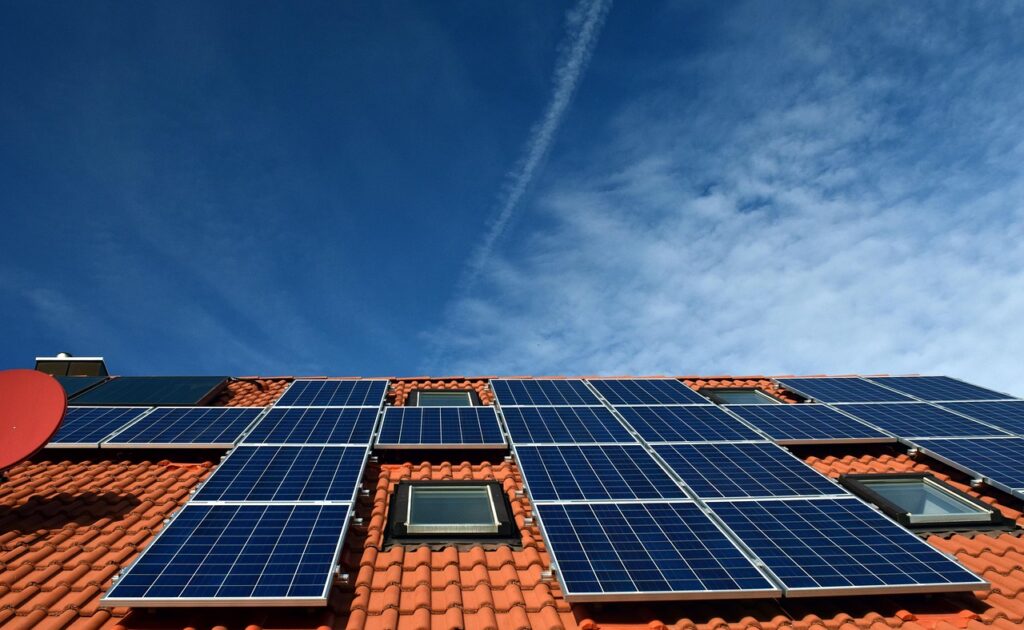Solar powered glass is an innovative material that integrates photovoltaic cells directly into glass surfaces, enabling them to generate electricity from sunlight while remaining transparent. This technology transforms ordinary windows and glass facades into functional energy sources, providing a new way to harness solar power without sacrificing design or natural light.
Used in buildings, vehicles, and even consumer electronics, solar powered glass expands the potential for renewable energy by utilizing surfaces traditionally unused for power generation. Its ability to combine transparency with energy production offers practical advantages for sustainable urban development and reducing carbon footprints.
Advances in this field have improved both the efficiency and durability of solar glass, making it a competitive alternative to traditional solar panels, especially in dense urban environments where rooftop space is limited. These developments position solar powered glass as a key component in future energy and architectural solutions.
Technology Behind Solar Powered Glass
The Solar powered glass combines advanced materials and photovoltaic technology to turn ordinary building elements into electricity generators. Its design balances light transmission with energy production, enabling buildings to remain functional and efficient.
Photovoltaic Cell Integration
Solar powered glass embeds photovoltaic (PV) cells into or between glass layers. These cells capture sunlight and convert it into electrical energy without significantly obstructing visibility. The integration is typically done through thin-film or crystalline silicon solar cells.
Thin-film technology allows for flexible, semi-transparent panels, offering more design versatility in windows and facades. Crystalline silicon cells generally provide higher efficiency but can reduce transparency. The cells are sealed within glass laminates, ensuring durability and protection against environmental factors like moisture and UV exposure.
Types of Solar Glass
There are two main types of solar glass: transparent and semi-transparent. Transparent solar glass lets most visible light pass through, maintaining natural lighting while generating electricity. It uses smaller or more dispersed PV cells to minimize visual impact.
Semi-transparent solar glass contains larger or denser photovoltaic layers, allowing less light but offering higher energy output. It is often used in façades, skylights, and building rooftops where some shading is acceptable.
Additionally, self-healing solar glass is emerging, which can repair minor surface damage and maintain performance over time.
Energy Conversion Efficiency
The energy conversion efficiency of solar powered glass depends on the PV cell type and glass design. Thin-film cells typically achieve efficiency levels between 10-15%, while crystalline silicon cells can reach 15-22%.
Efficiency is also influenced by light absorption rates and the glass’s optical properties. Solar glass aims to optimize power generation without compromising transparency or aesthetics. Advances in materials and coatings continue to improve both energy output and visual clarity.
Applications and Benefits
Solar powered glass is integrated into various environments to enhance energy generation while maintaining transparency and aesthetics. Its use ranges from functional building elements to sustainability-driven designs, offering measurable advantages in energy management.
Building Integrated Photovoltaics
Solar powered glass is a key component in building integrated photovoltaics (BIPV). It replaces conventional building materials such as windows, facades, and roofs, allowing structures to produce electricity without altering their appearance.
This glass incorporates photovoltaic cells that convert sunlight into electricity directly on-site. It supports seamless integration, reducing the footprint of solar panels and maintaining architectural design integrity.
Applications include commercial and residential buildings where energy generation is combined with natural light transmission, improving overall building efficiency and reducing reliance on external power sources.
Sustainable Architecture
Solar glass contributes to sustainable architecture by combining energy generation with environmental benefits. Its transparency allows natural light to enter, lowering needs for artificial lighting during the day.
The material also offers thermal insulation, which helps regulate indoor temperatures, reducing heating and cooling loads. This effect supports energy conservation and relates directly to lower carbon footprints.
Architects use solar glass to meet green building standards and certifications. It aligns with sustainability goals by enhancing renewable energy use and improving building performance without sacrificing design.
Energy Savings
The use of solar powered glass leads to notable energy savings. By generating electricity on-site, buildings decrease their dependence on grid power and lower overall energy costs.
Specialized coatings on the glass improve solar absorption efficiency, optimizing power output without compromising clarity. This means users can save money while gaining reliable energy generation.
Energy savings contribute to reduced greenhouse gas emissions, supporting broader sustainability efforts. The integration of solar glass thus provides both economic and environmental benefits to building owners and occupants.
